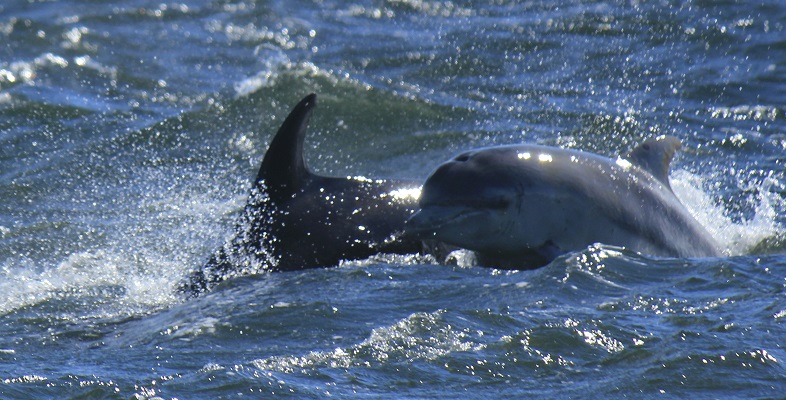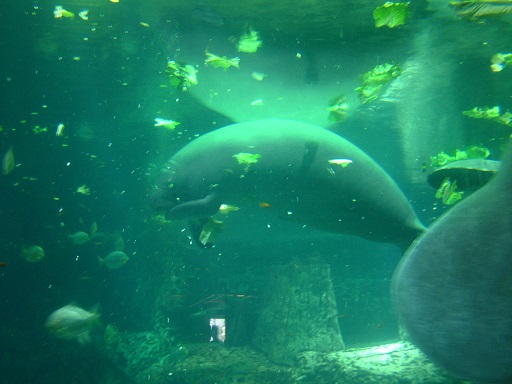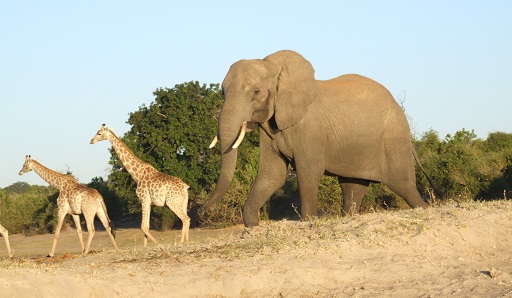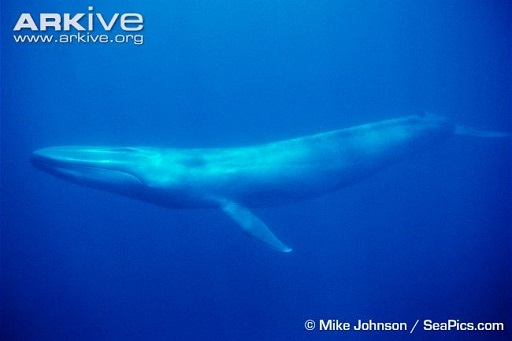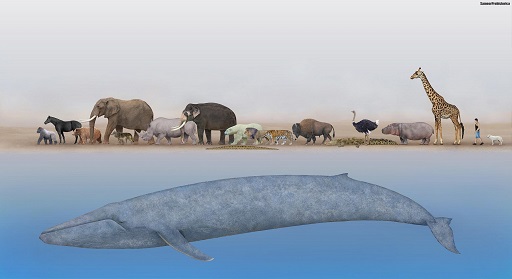2.5 … and getting larger
Size offers a number of biological advantages, including some protection from predation, but it can also help in reducing heat loss. A large mammal has a large body mass (which generates heat) relative to its surface area (which loses heat). But there will be constraints on any evolutionary trend of increasing body mass in some aquatic mammals. Seals, sea lions and toothed whales have to remain agile enough to chase their prey, and the pinnipeds as a whole have to be able to move about on land, but they are all still fairly large animals.
Manatees live in relatively warm waters. Their metabolic rate is comparatively low and they normally expend relatively little energy on keeping their body temperature constant. Their large size (up to 590 kilos and 4 m in length) helps conserve body heat but they are very vulnerable to cold water, below about 15 °C.
The baleen whales, however, feed by filtering fish or invertebrates as they cruise the colder oceans of the world. As their prey is not chased, and their bodies are well supported by the density of the water, over the many millions of years of their evolution they have grown to immense sizes. The blue whale is the largest animal that has ever lived, a point that the following images will demonstrate.
